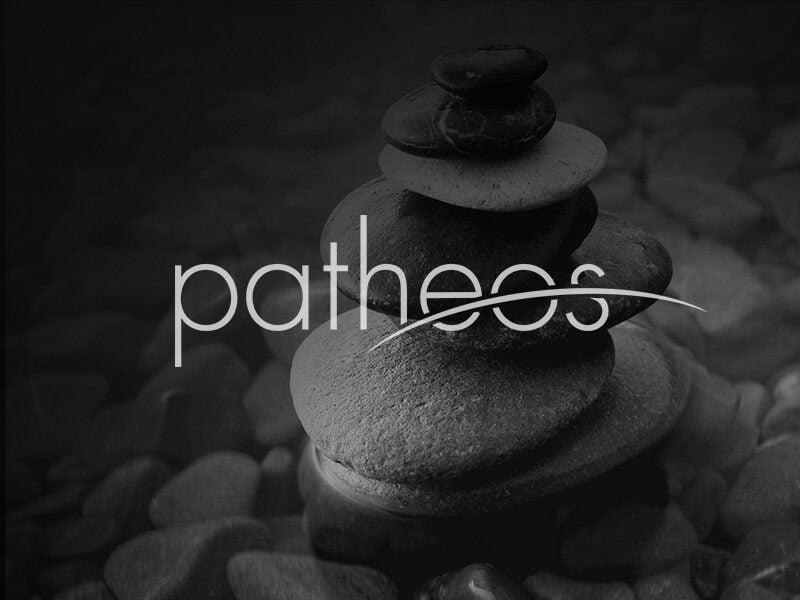Vatican City, May 28, 2015 / 09:55 am (CNA/EWTN News).- In a move intended to reach out to Arab pilgrims who make their way to the Eternal City, the Vatican has for the first time published a guidebook entirely in the Arabic language. At the May 20 presentation of the book, Cardinal Leonardo Sandri said that “We cannot forget the sufferings and the challenges which Christians and more generally the populations of the Middle East are facing.” He expressed his confidence that the new book will “help to keep hope alive” for Arab pilgrims who come to Rome, particularly during the upcoming Jubilee for Mercy declared by Pope Francis in March. The cardinal, prefect of the Congregation for Eastern Churches, was present alongside the book’s author Edmond Farhat, who is the current archbishop of Byblos, Lebanon. Held at the Patristic Augustinian Institute in Rome, the event also gathered Lebanon’s Ambassador to the Holy See, Georges El-Khoury; Egypt’s Ambassador to the Holy See, Wafaa Bassim and professor of Oriental Rights Onorato Bucci, who teaches at the Pontifical Lateran University and the University of Molise. Titled “The Vatican, its meaning and its monuments,” the guidebook was released by the Vatican Publishing House, which is directed by Fr. Giuseppe Costa. Fr. Costa gave the welcoming address for the event. Designed to serve as a guide for the thousands of Arab tourists who visit Vatican City, the book elaborates on the art and monuments within St. Peter's Basilica and the Vatican Museums. In addition to giving background on areas of the Vatican ranging from the gardens to the catacombs, a historical context of the city-state is also provided, as well as descriptions of the Vatican’s various departments and offices, in order to explain its history and significance through the ages to the public. Apart from heading the diocese of Bylos, Archbishop Farhat has also served as the Vatican’s nuncio to Austria, Turkmenistan, Slovenia, Turkey and Macedonia. His diplomatic service also took him to Libya, Tunisia and Algeria. Cardinal Sandri said that given the archbishop’s ethnic and diplomatic background, his book is “ready to grasp a challenge of the ecclesial world and contemporary society” at a time when Christian life in Arab countries is threatened. He noted that the Vatican’s attention to the Arab world has increased in recent years. He pointed out how after Benedict XVI greeted Arab pilgrims in his first general audience after returning from Lebanon in 2012, there has been a summary of the catechesis in the Arabic language every week since. Other initiatives include the launching of the Pope’s twitter account, @Pontifex, in Arabic as well as the establishment of the Vatican’s Arabic website, which celebrated one year of inauguration May 24. The cardinal said that the new guidebook is both “beautiful and important” since it is written by someone who knows “the contradictions of today's world (and) never tires of publicly declaring the persecution and the martyrdom of so many of our brothers.” “Even today the Lord has to be born with the fall of the gods, with the pain and martyrdom of witnesses against the (false) divinities of today” which include “anonymous capital which enslaves men (and) violence perpetuated in the name of God,” he said, quoting Benedict XVI’s speech on the first day of the October 2010 Synod for the Middle East. However, Cardinal Sandri stressed that it is the faith of simple people which constitutes the true foundation, wisdom and strength of the Church. The new book, which has been “written with faith,” will serve as a great support for the faith of the simple ones who come to the heart of the Church, he said. Read more















